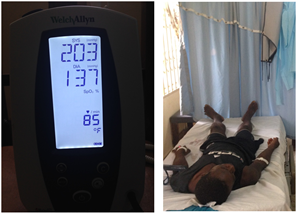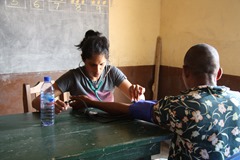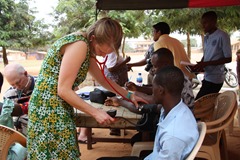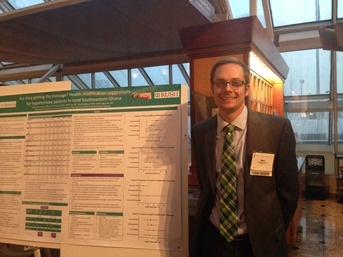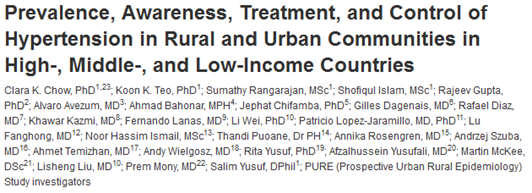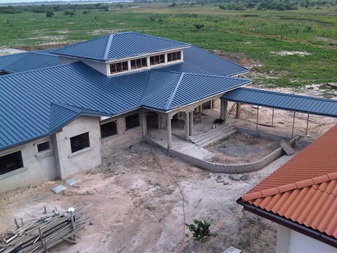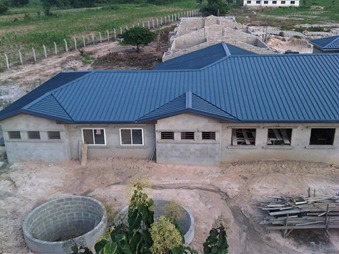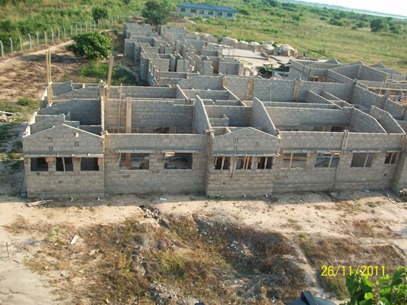I am in Ghana during February with fellow medical students, volunteering and learning at the IHDN Mission Hospital. As a final year medical student, I am focusing on clinic work rather than research this trip, but we had a patient that was a stark reminder of how we need to continue to raise awareness in Ghana about elevated blood pressures.
The day was nearing completion and most of the consultation rooms had wrapped up their days work. Sarah was the lone provider when a patient walked through the door. He was a young man and his eye were open as wide as possible, as if he was in a dark room searching for light. Quickly, Sarah and a nurse ushered him and his escort to the screening room where they found his blood pressure to be 236/150. Dr. Agamah was immediately sent for and evaluation and treatment were commenced. Fortunately, we had brought IV medications to treat hypertensive emergencies and were able to effectively lower his blood pressure. Just last month, before we arrived, the only option would have been an oral antihypertensive which would have taken much longer to act.
This previously healthy 31 year old gentleman had been living in Accra, the capital city, and traveled over 3 hours to reach the IHDN hospital which was near his home village. He had been experiencing severe headache for almost 2 weeks when his world suddenly went dark. On exam he was found to have bilateral retinal hemorrhages that resulted in near total blindness. Fortunately, after 2 days of treatment the hemorrhage began to resolve and he was able to be discharged from the hospital with a controlled blood pressure and improving vision.
This case is a striking reminder that hypertension is prevalent in Ghana and needs to be aggressively screened for, even in the young.
(Patient and blood pressure after 2 doses of IV Labetolol)
In addition to clinic work, we have been able to host two blood pressure screening events. The first was held after a church service down the road from where we stay in Agbozume. The goal is to have similar screenings on a monthly basis so that the entire congregation can be screened. The second screening event was held at the village of Worgbato which is far off of the main road. This was going to be the original site for the IHDN Mission Clinic before Dr. Agamah realized how great the need was in the whole area and a larger site had to be chosen. IHDN hopes to establish a satellite clinic in the village in the future. We are planning subsequent screenings in the market in the coming days.

